Introduction
Reflecting on this semester and comparing it to the last, particularly in terms of being part of a different research team, I have experienced significant growth. I’ve acquired new knowledge, honed my skills, and developed a clearer understanding of our objectives and the necessary steps to achieve them. Each goal I set for myself was carefully chosen to enhance my abilities, and as the semester draws to a close, I can proudly affirm that I have achieved these goals and further refined my existing skills. It’s become evident to me that effective communication within a group is pivotal to success, and I am committed to improving in this area moving forward. Overall, my experience in CODE 122 has been nothing short of exceptional.
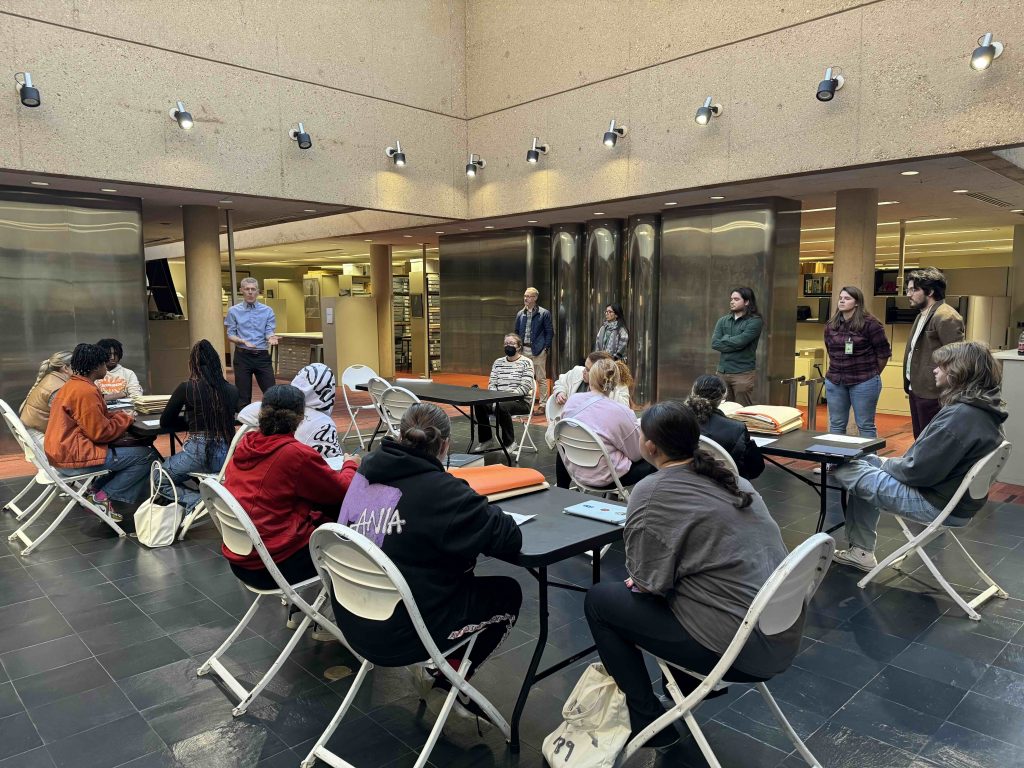
Goal 1: (25%)
3.) Ethical Reasoning
C: Applies ethical concepts to a question and considers their full implications.
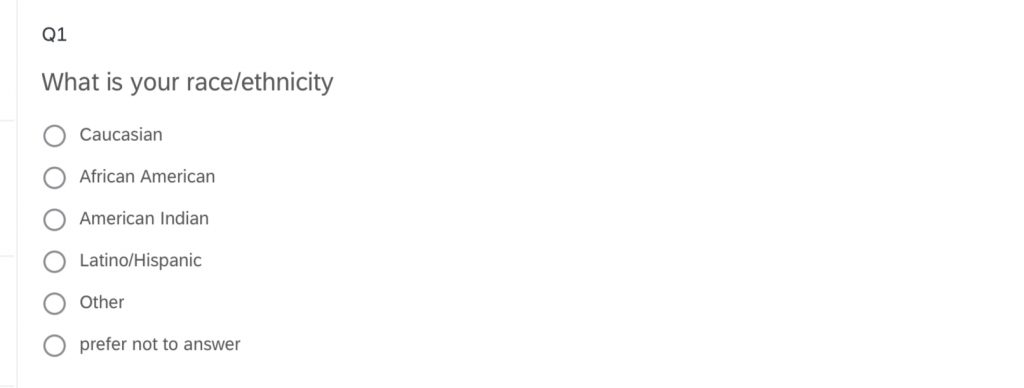
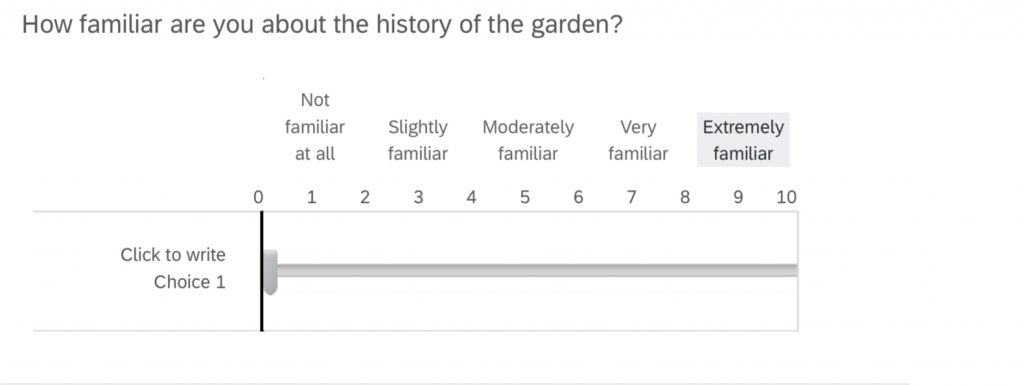

I’ve made notable progress toward achieving my goal of Ethical Reasoning, particularly in applying ethical concepts to questions and considering their full implications. Throughout the semester, both inside and outside the classroom, I’ve actively engaged in activities that prompt ethical reflection.
One significant demonstration of my progress occurred during the development of survey questions for MOBOT. Unlike my approach to crafting other questions, I approached this task with a heightened awareness of the ethical dimensions involved. I didn’t just consider what I personally wanted to know but also considered what should be known or asked regarding racial injustice within the botanical gardens. Moreover, I meticulously assessed the implications of each question, taking into account factors such as the respondents’ feelings, alignment with our research objectives, and input from my team.
The survey itself reflects my ethical approach, featuring a combination of multiple-choice, scale-based, and open-response questions. Each question was designed to prompt thoughtful reflection and considerate responses, showcasing my commitment to ethical reasoning in both theory and practice.
Goal 2 (25%)
5.) Information Literacy
A: Defines the scope of research questions effectively and selects information cogently to address them.
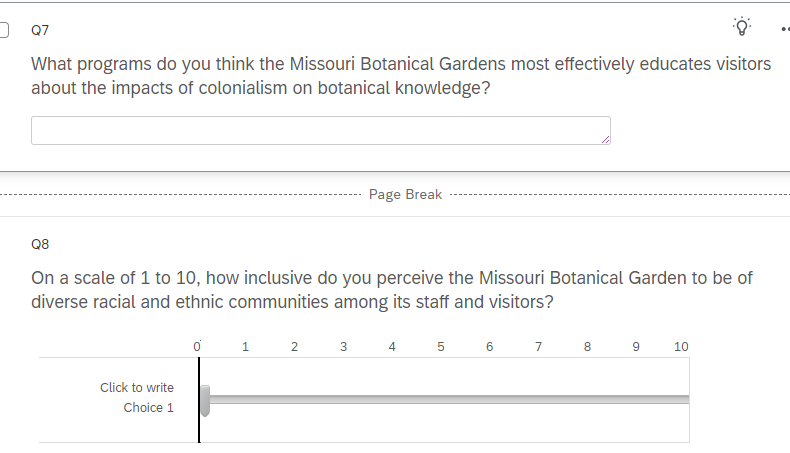
The images above depict my journey towards achieving my goal, primarily focusing on the research questions developed by my team and me. These questions served as the backbone of our data collection process. While I acknowledge that our questions were challenging, I believe it was necessary to ask tough questions to identify strengths, weaknesses, and areas for improvement within the Missouri Botanical Garden (MOBOT). Despite our efforts, our initial survey yielded only one incomplete response. Faced with this setback, we were compelled to pivot our approach and revise our questions. This led us to opt for focus groups as our next method of data collection, which ultimately proved pivotal to our success. We captured audio from our interviews, transcribed them, and utilized word clouds generated from the transcripts in our final video for the spring digital showcase.

Goal 3 (15%)
7.) Skills for lifelong learning
B: Pursues knowledge and educational experience beyond the classroom.
I’ve actively pursued Goal 7, skill B, by taking initiative during lab visits and expanding my skills beyond the classroom. In our discussions, I delved into additional sources, broadening my exploration beyond the assigned materials. This proactive approach not only enriched my understanding but also demonstrated my commitment to continuous learning. Taking the initiative to visit labs allowed me to gain practical experience and insights beyond what traditional coursework offers. Additionally, while working on our final video for the spring digital showcase, I further honed my editing skills. By taking on this responsibility, I embraced the opportunity to apply what I’ve learned in class to a real-world project, expanding my skill set in a practical context.
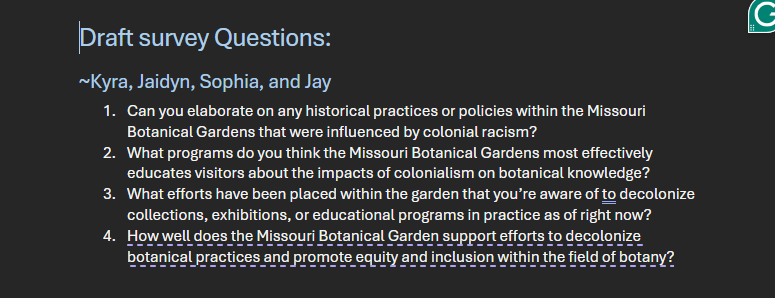
This artifact presents the survey questions that we refined and utilized in our focus group interviews. Jaidyn and I took the lead in facilitating the discussions during these interviews.
Goal 4 (10%)
8.) Oral communication
A: Uses clear organizational patterns and is skillful at presenting content cohesively
I’ve made progress towards completing my goal of “uses clear organizational patterns and is skillful at presenting content cohesively.” My progress is evident in several instances. Firstly, during our source analysis discussion, I assumed a leadership role, notably as one of the discussion leaders for source analysis 3. I led part of the discussion on the article “Seeding an Anti-Racist Culture at Scotland’s Botanical Gardens” by Linda Nordling. This experience not only honed my speaking skills but also provided valuable insights into my strengths and areas for improvement.
Furthermore, during our recent visit to MOBOT, my cohort and I presented our surveys to the community partners. Within my team, I took charge of presenting our survey questions. The feedback garnered was instrumental, enabling us to refine our questions to be more user-friendly and comprehensible. The perspectives shared by the community partners proved invaluable.
These experiences mark significant progress towards my goals. I eagerly anticipate further growth and the accumulation of knowledge and experience as I continue on this path.

Goal 5 (25%)
9.)Problem – Solving Skills 25%
A: Construct insightful problem statements with evidence of relevant factors.
The images above depict the feedback I received from Dr. Hildebrandt. Upon reviewing my initial analysis and its grade, I was determined to enhance my work and avoid repeating the same errors. While I implemented some improvements in my second source analysis, it fell short of expectations. Consequently, I meticulously examined the feedback from my second analysis and integrated the insights gained into my subsequent analyses. This iterative process illustrates my growth and progress, as I utilized problem-solving skills to identify weaknesses and strive for improvement. Despite these efforts, I recognize the need to further refine my analytical approach to meet the criteria effectively.